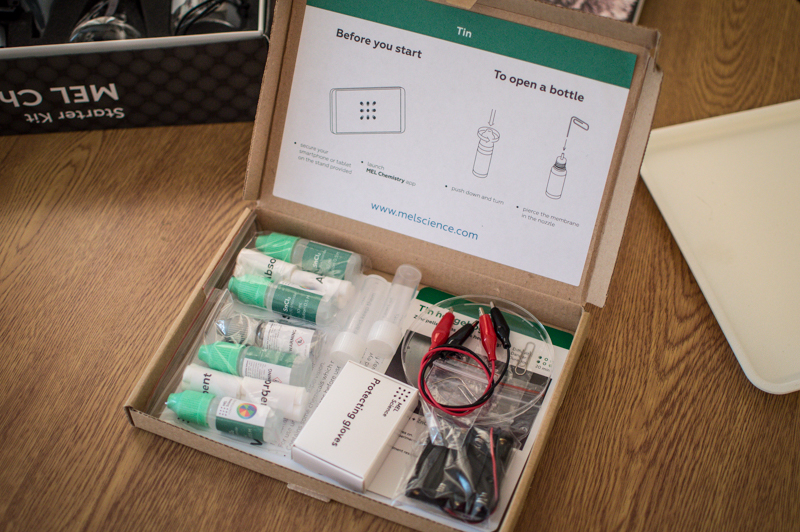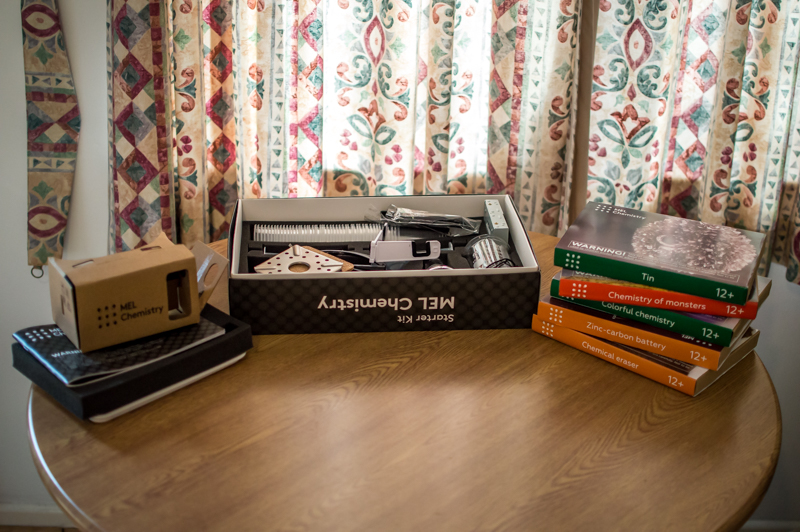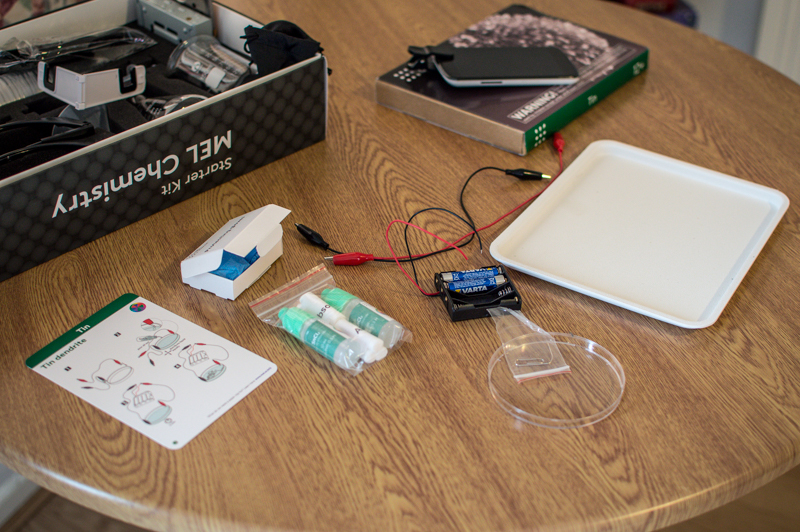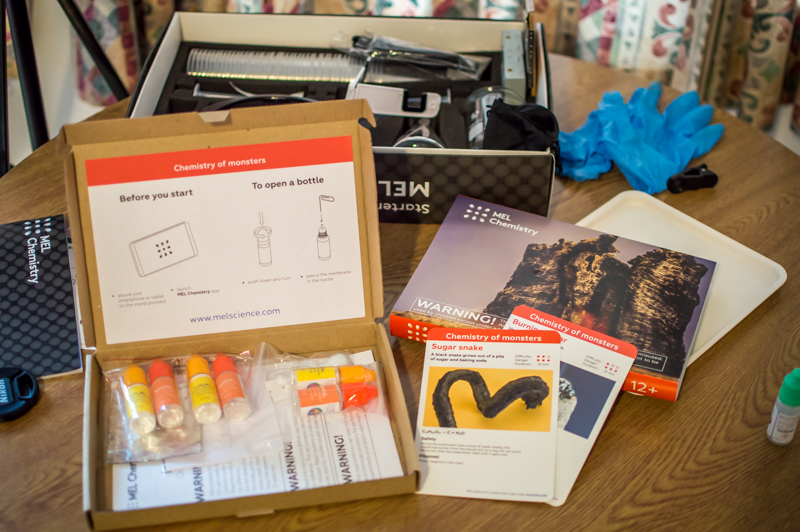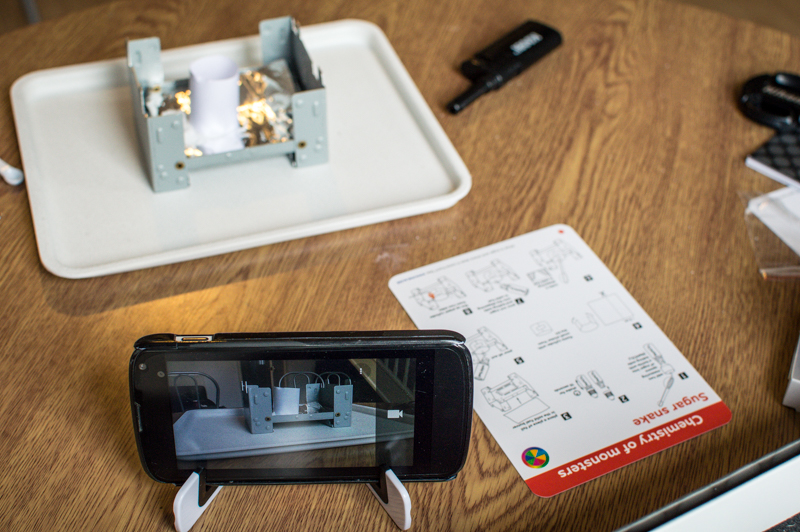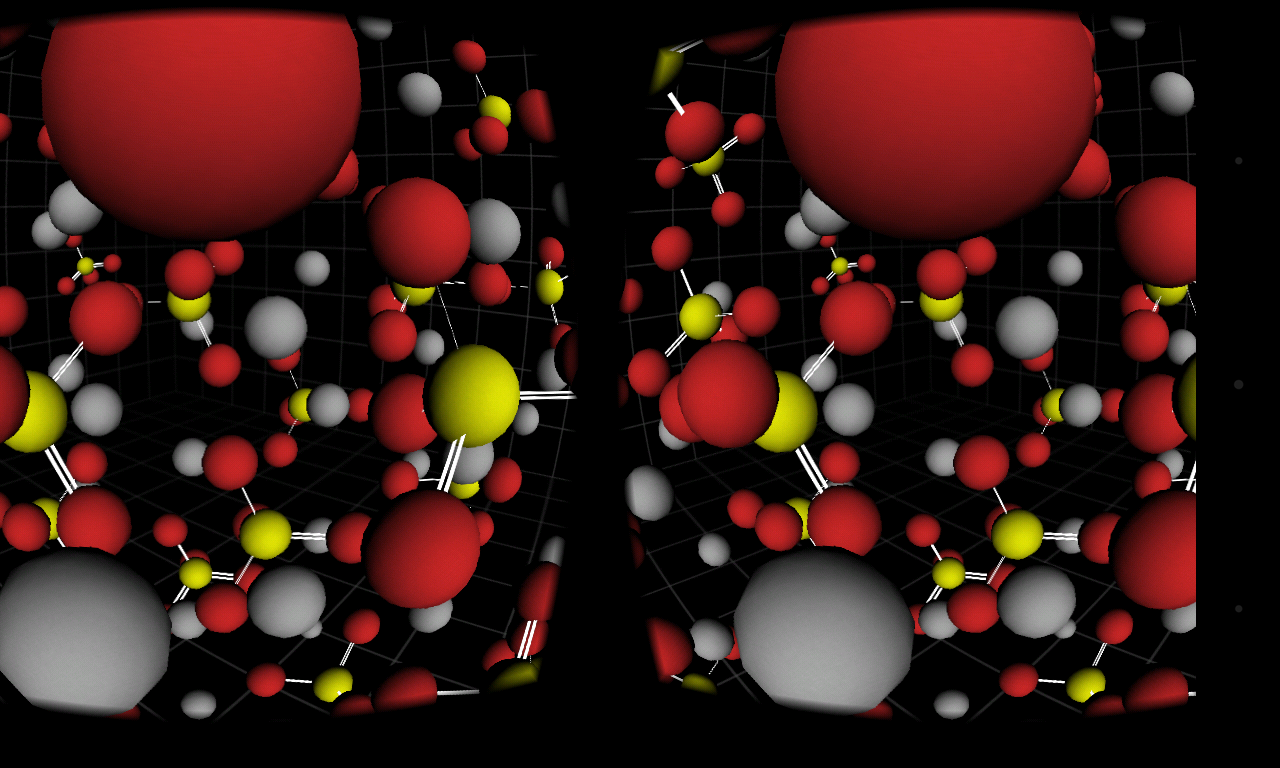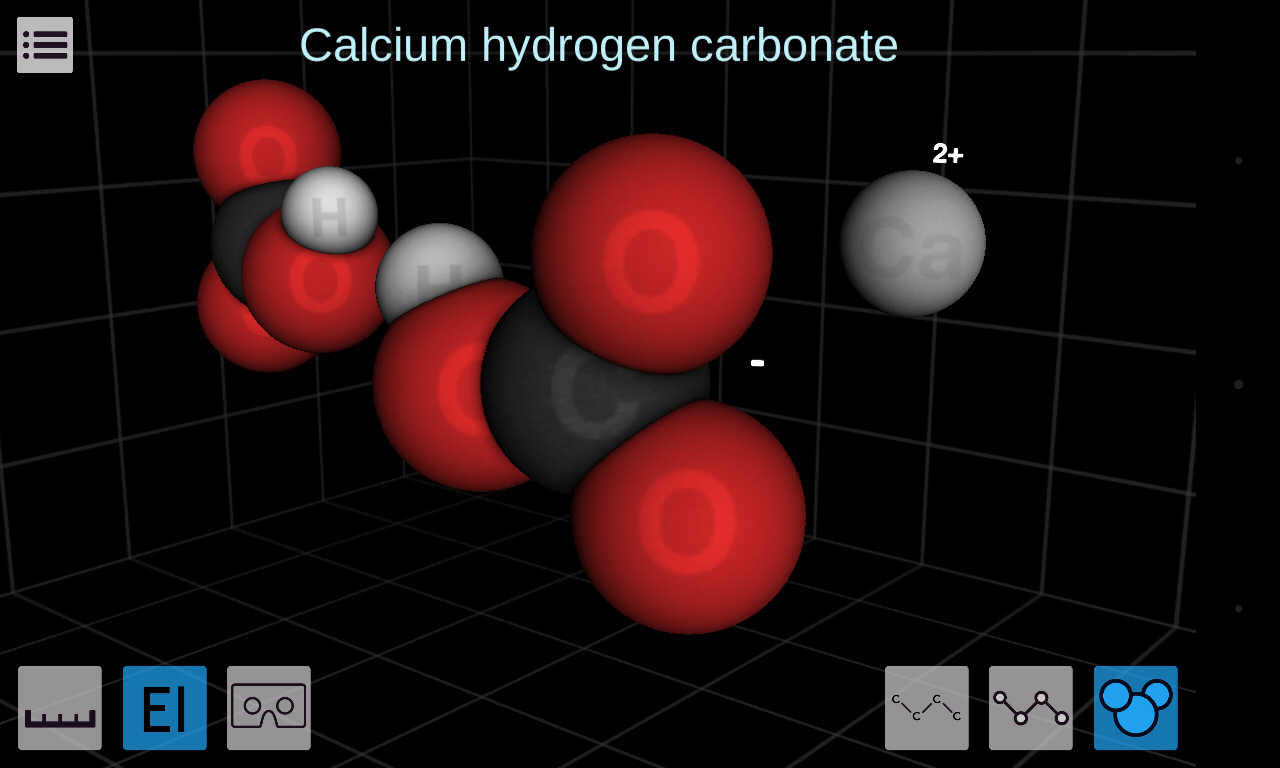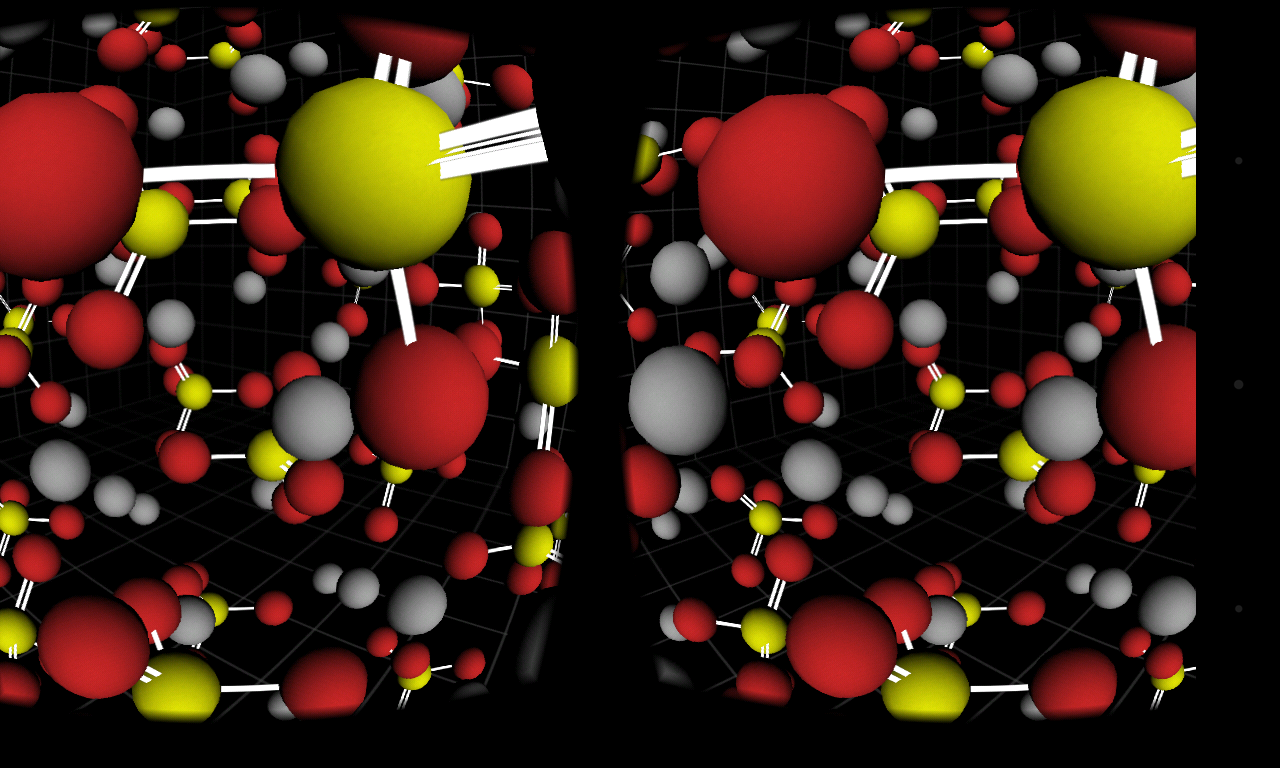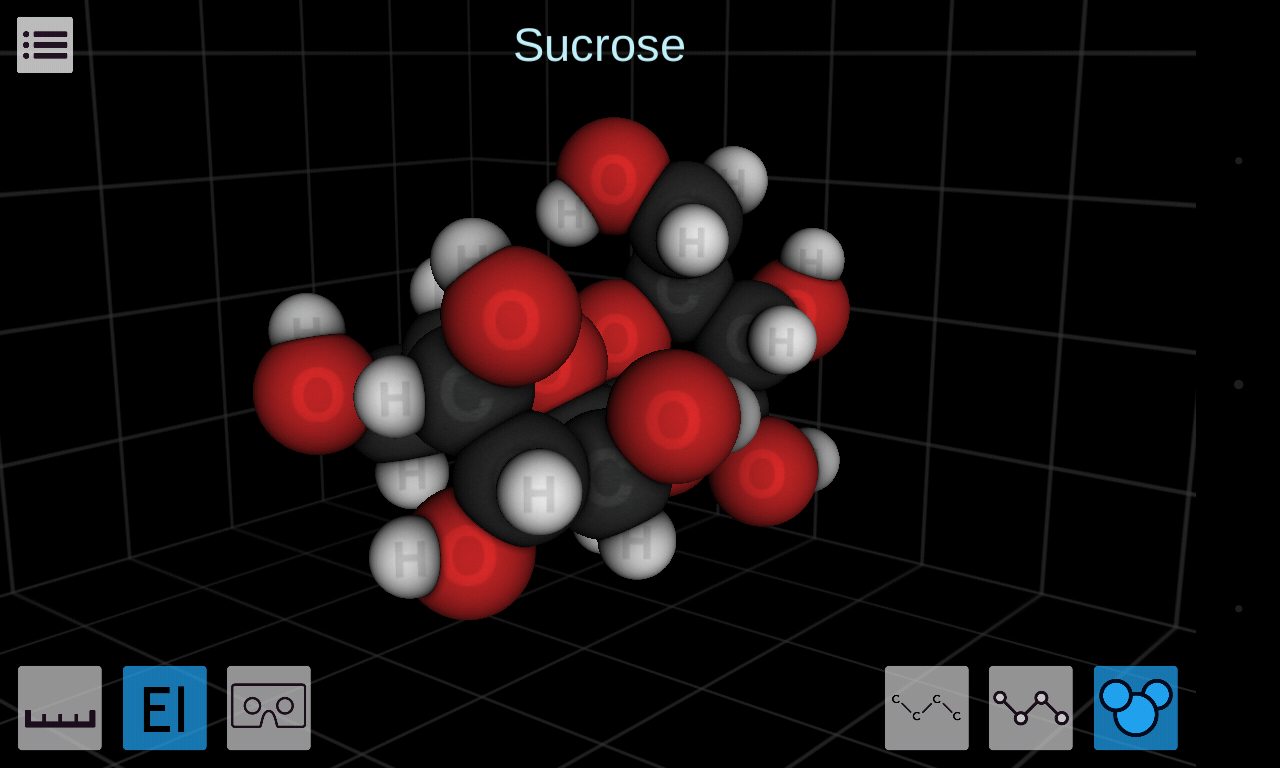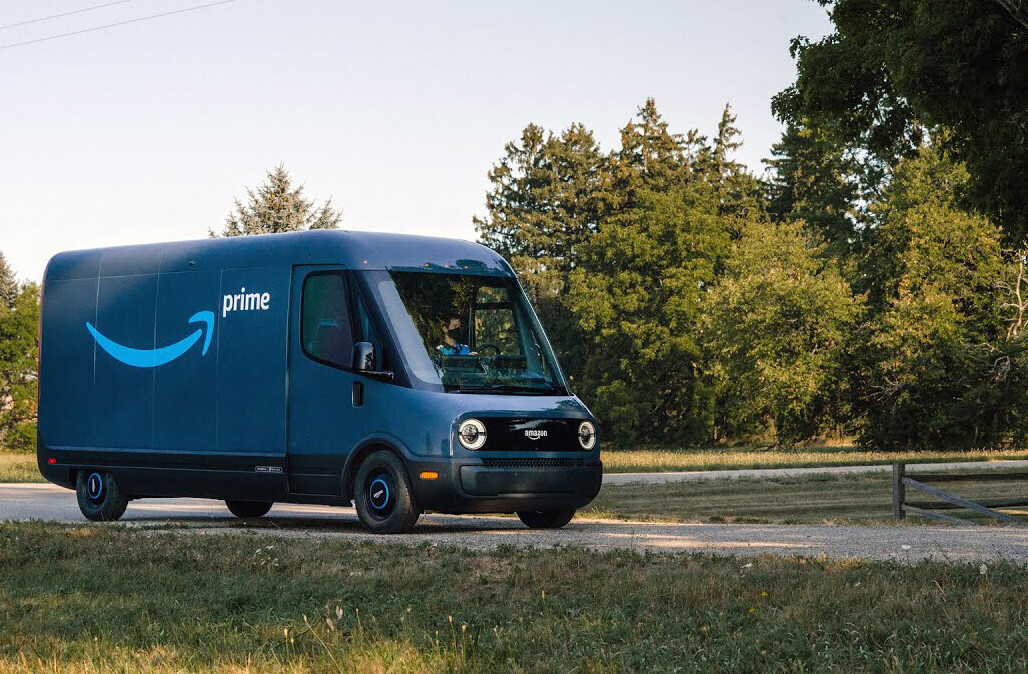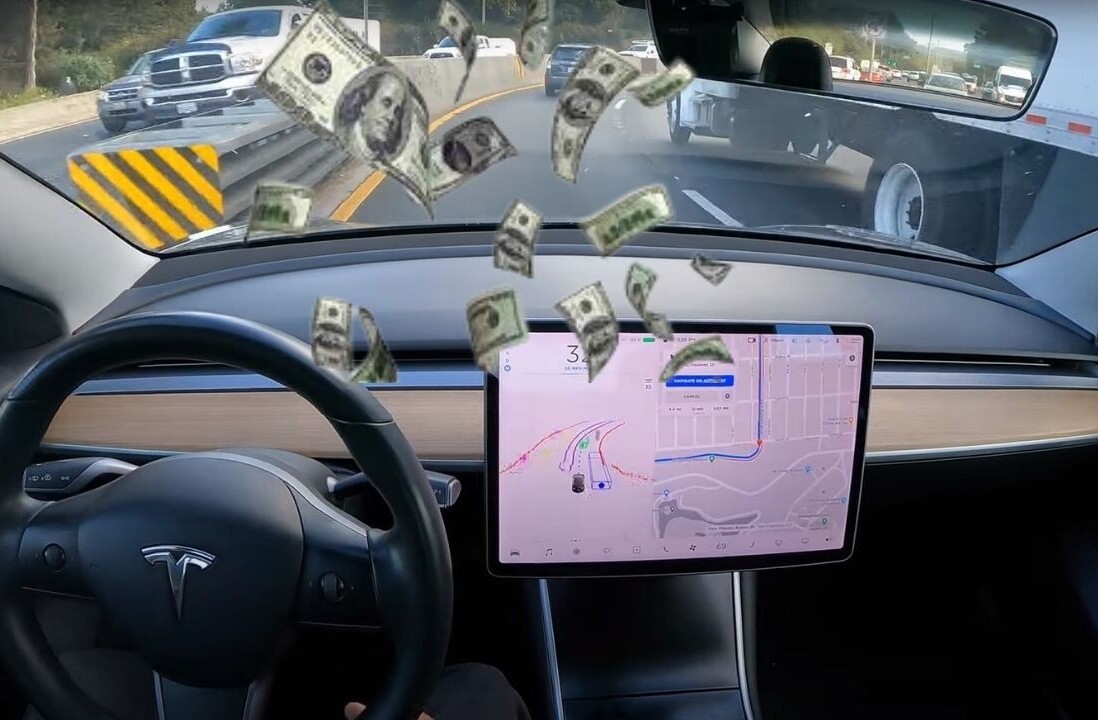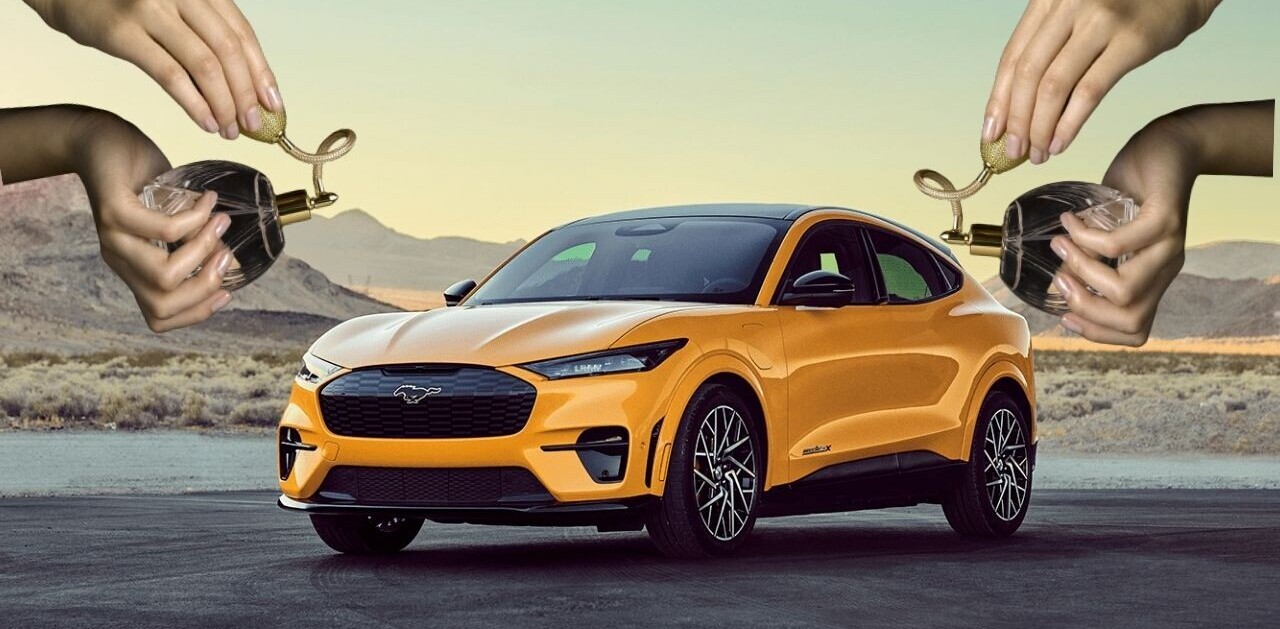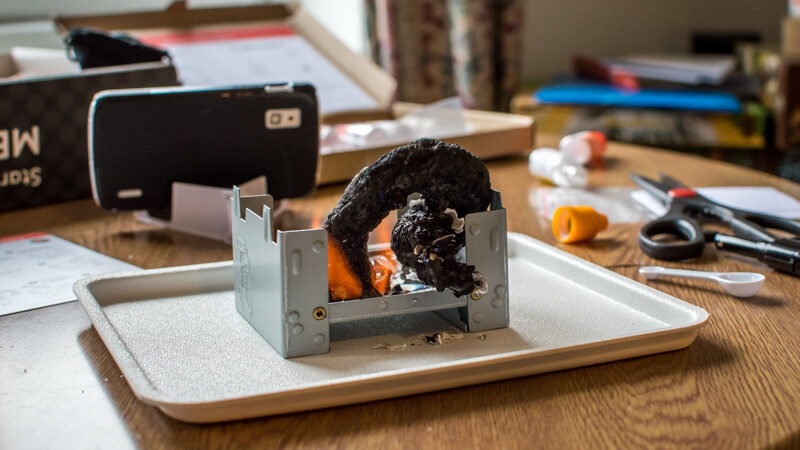
Did you have a chemical experiment kit when you were a kid? Would you buy, or have you already bought, one for your children? Chemistry is one of the sciences that are hard to understand by just reading books, so having something tangible to play with is a crucial part of learning.
Most of the kits on sale today are just a box with a number of chemical agents and manuals, which didn’t see much change in the last few decades. There is, however, a potentially disruptive player on this market: the Russian-British startup MEL Science, which has released its subscription-based chemical experiment kit in the US, UK, and Russia.
Priced at $73.80 for the starter kit and a further $11.95 for three experiment kits per month, MEL Chemistry offers 38 experiments in total, from tin dendrites to zinc-carbon batteries and from chemical ink eraser to ammonia fountain.
The vision
The kit is recommended for children of 12 years and older.
“This age restriction is partly due to the regulations we need to comply with, and partly because it’s an age when the kid can understand what’s going on inside the experiment,” MEL Science founder and CEO Vassili Philippov told TNW.
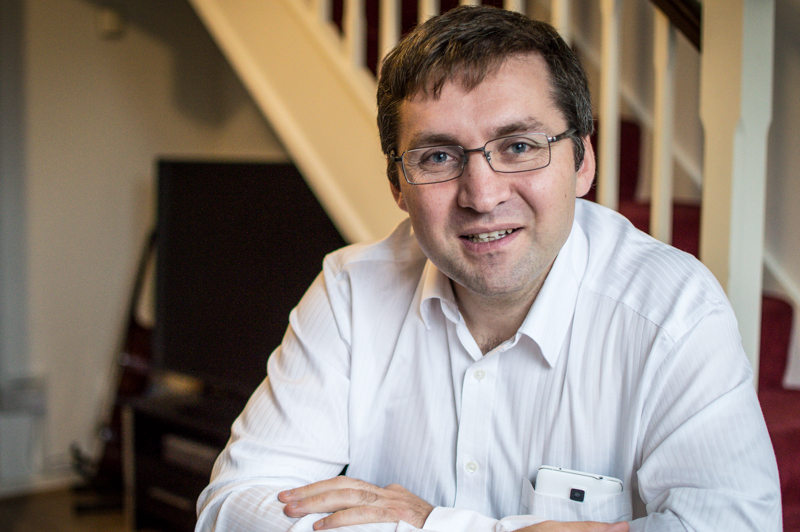
Physicist and mathematician by training and a father of four, Philippov sold his first company, SPB Software, to Russia’s Yandex four years ago, and recently quit the Internet giant in order to start a new venture.
“When I was a kid, I wanted to be a scientist, but eventually became a programmer,” he said. “It’s a bit too late for me now to return to the science but it’s never late to work in education.”
Speaking of education, Philippov says one of the biggest markets for the kit is the home-schooled children, of whom there are currently more than two million only in the US.
Interestingly, during the beta testing phase of MEL Chemistry, about 35 percent of adult customers actually bought it for themselves and not for children. I got my hands on a starter kit and the first batch of experiments to see if it can pique a grown-up’s interest.
The kit
The starter kit is produced in Saint Petersburg, where the most of MEL Science’s team of nine people are located. The contents look quite serious: you’ll see some chemical glassware, two pairs of safety goggles, syringes, plastic cups, funnel, a tray to protect you table, and even a solid fuel stove.
In addition to that, the kit contains a stand and two lenses – macro and wide-angle, – to shoot videos of your experiments with a smartphone. There’s also a cardboard VR headset to use with MEL Science’s mobile app for Android and iOS.
The app provides videos and explanations of the experiments, as well as a way to understand how molecules are built, and how they interact with each other.
For example, the VR mode seems especially awesome when looking from inside a crystalline grid.
The experiments
The first experiment I went with was the one with tin dendrites, where you need to grow a metal tree in a Petri dish filled with tin chloride by passing an electric current through it.
The instructions were quite clear and there was no problem in setting up the experiment. Finding a good place for the phone with macro lens was a bit trickier but I still managed to catch some metal growing. The video didn’t turn out as nice as on the website but I’d still consider it a success:
Moving from the water to the fire, I opened the ‘Chemistry of monsters’ pack. With just some sugar, baking soda and solid fuel, it promised to show a burning snake thanks to this reaction: 
This time round, the experiment was quite spectacular:
I totally forgot to put on gloves, but there was no need. Even the burner wasn’t warm after the flame died.
All in all, the kit lives up to its promise, and experiments are indeed quite easy to set up and perform. Some things might not go as smooth as the videos show, but that’s chemistry for you.
Get the TNW newsletter
Get the most important tech news in your inbox each week.

